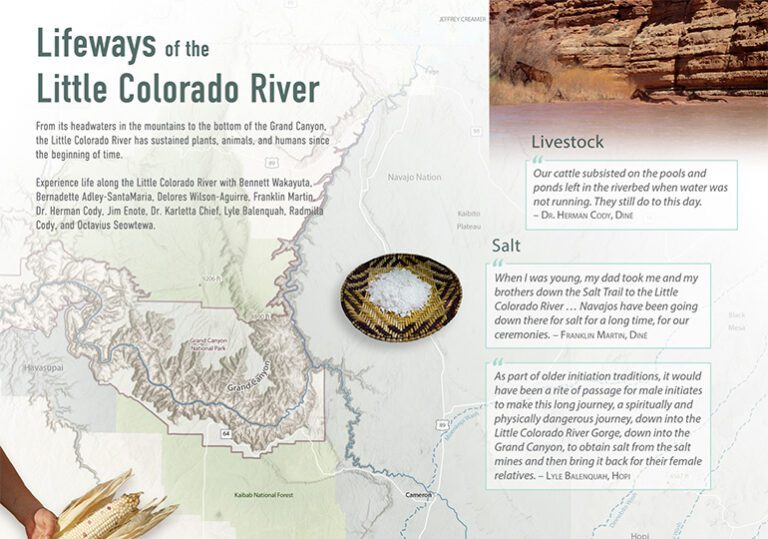Resources
From maps and fact sheets to scientific data and issue briefs – the most vital information about the issues you care about, at your fingertips.
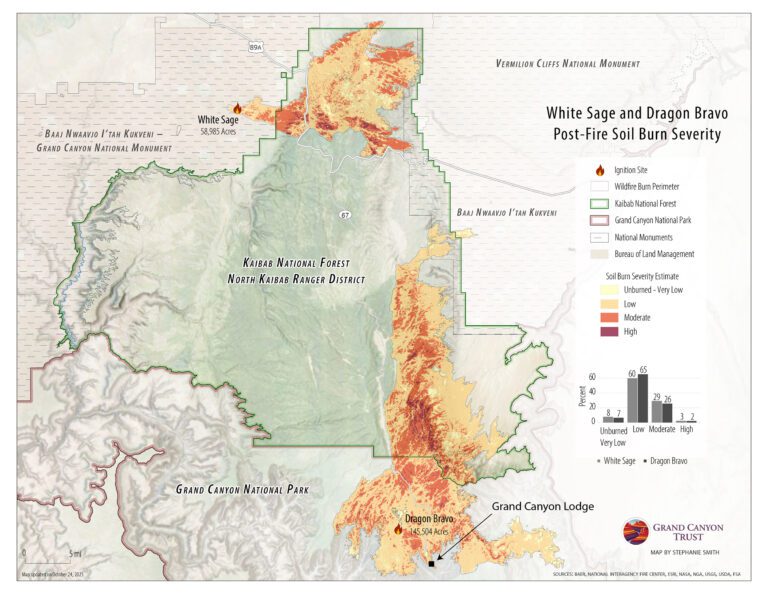
See a map of burn severity in the Dragon Bravo and White Sage fires, which burned more than 200,000 acres on the north rim of the Grand Canyon in 2025.
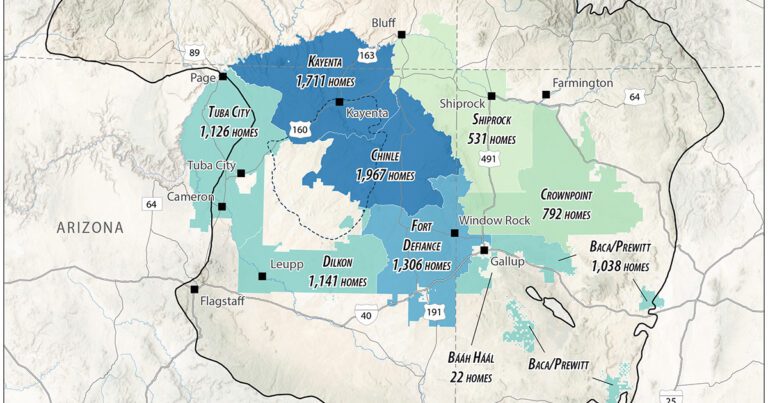
See maps that show the number of homes on the Navajo Nation without access to piped water.
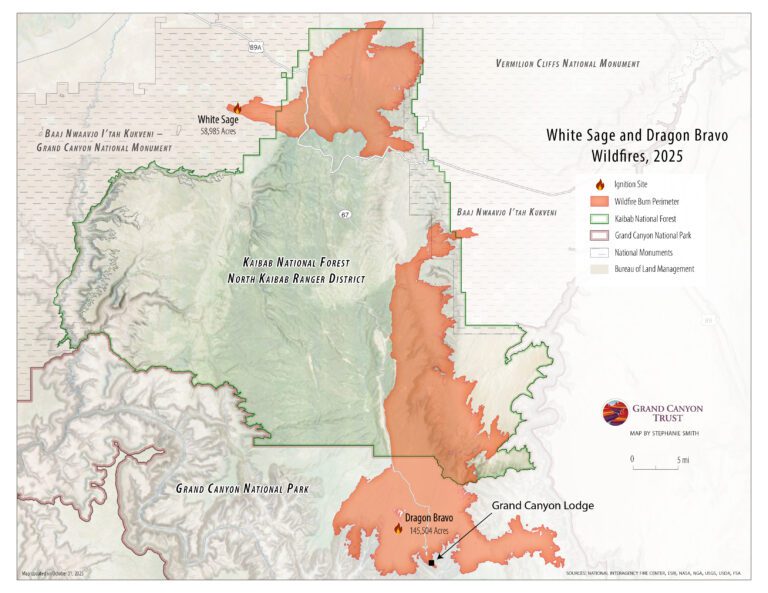
See a map of the areas the Dragon Bravo and White Sage fires burned on the north rim of the Grand Canyon in the summer of 2025, destroying the lodge and numerous other park buildings.
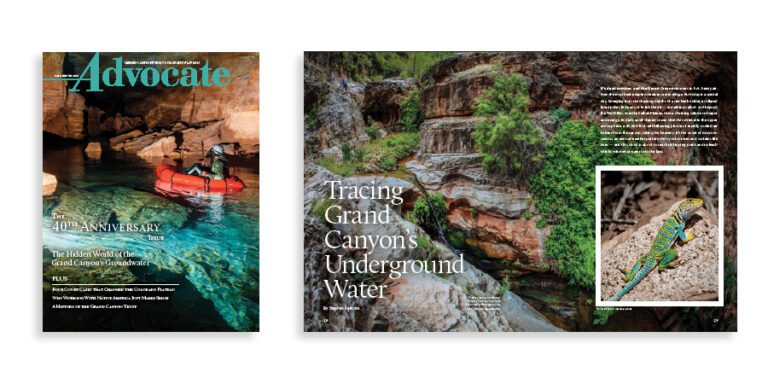
The fall 2025 edition of the Grand Canyon Trust’s Colorado Plateau Advocate magazine, including a deep dive into the Grand Canyon’s ancient groundwater.
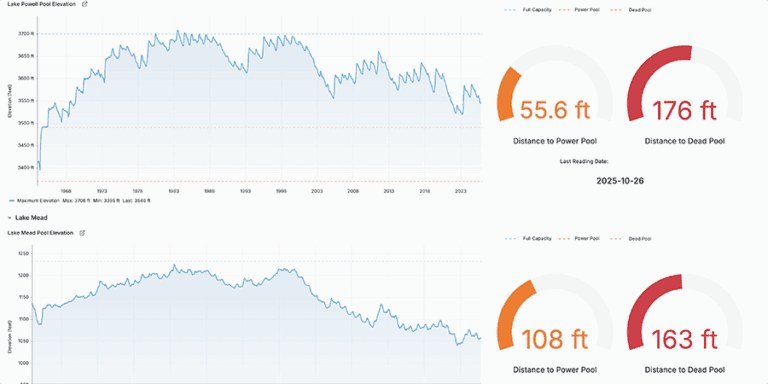
How much water is in Lake Powell and Lake Mead? See a live feed of distance above power pool and dead pool at both reservoirs.
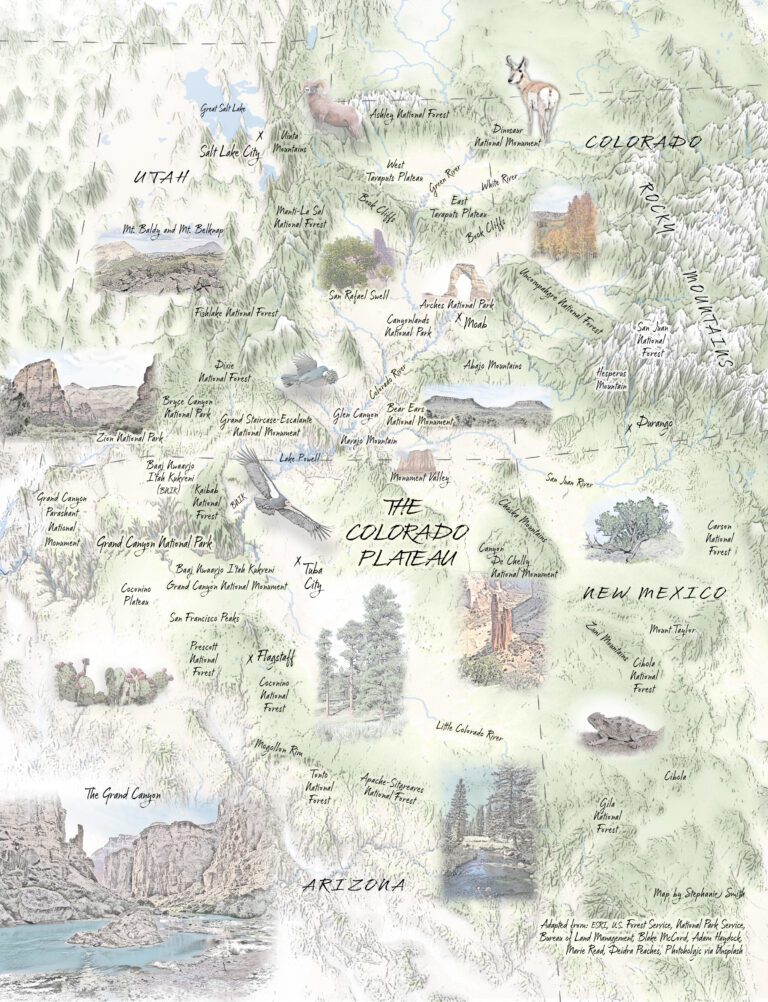
The Grand Canyon Trust’s 2025 map of national monuments, national parks, landmarks, plants, and animals across the Colorado Plateau.
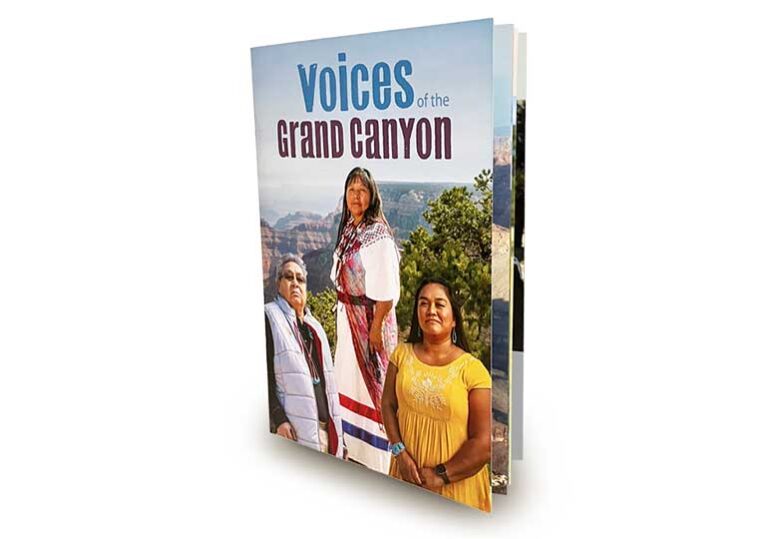
Native voices share their personal and cultural connections to the Colorado River and the Grand Canyon.
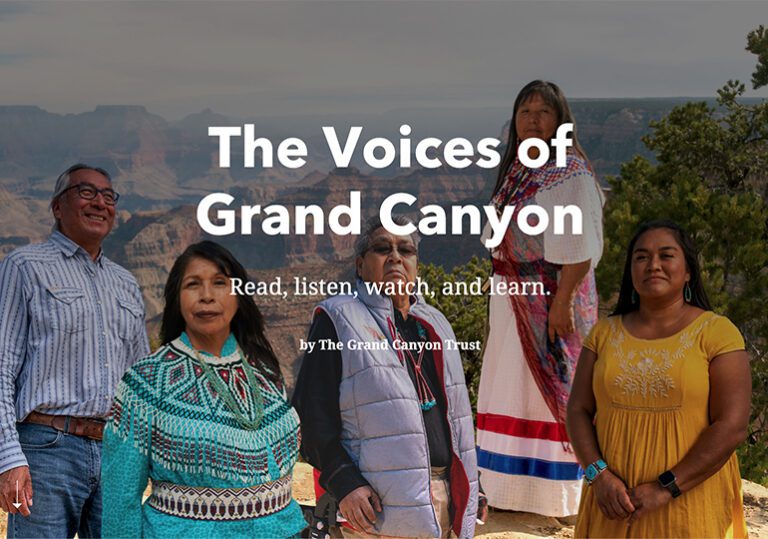
Watch, listen, and learn from Native people who have called the Grand Canyon home since time immemorial.
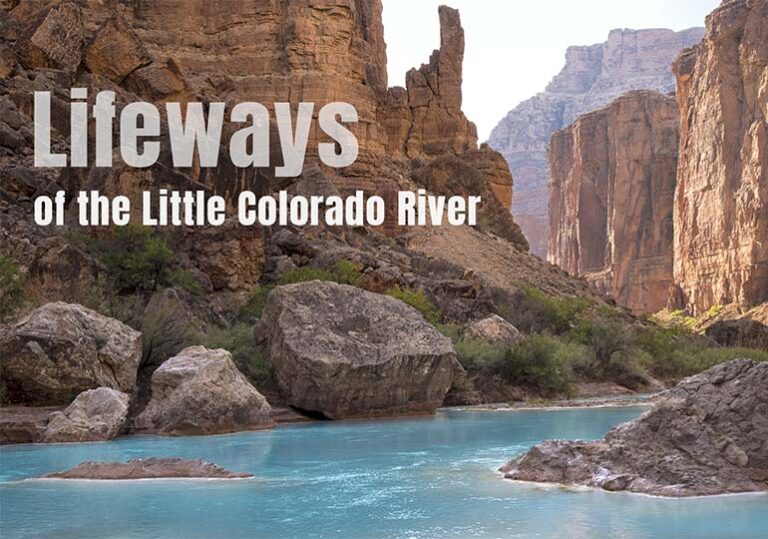
Native voices share their personal and cultural connections to the Little Colorado River in this multimedia story collection.
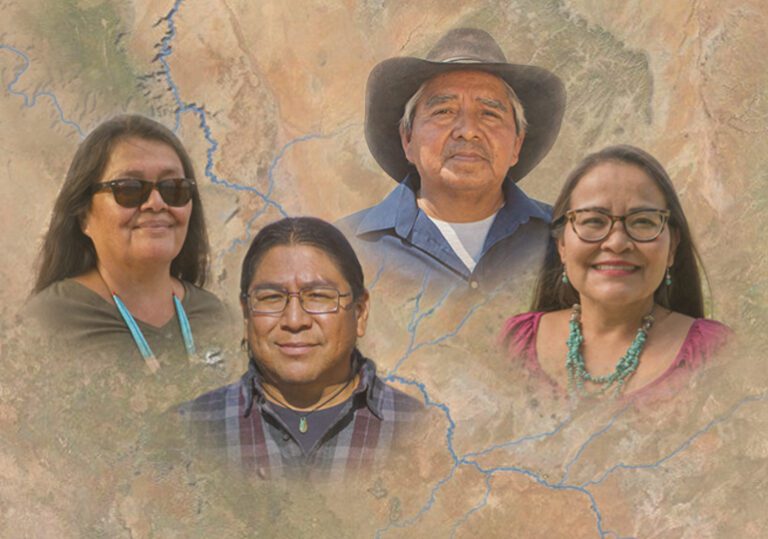
Native voices — sheepherders, scientists, educators, farmers, artists, and activists — share their personal and cultural connections to the Little Colorado River, from its headwaters to the Grand Canyon
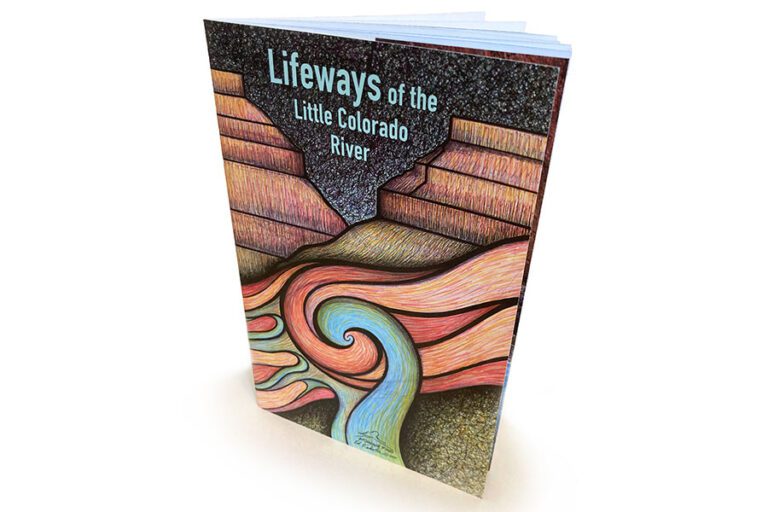
Native voices share their personal and cultural connections to the Little Colorado River in this collection of stories.

Loretta Jackson-Kelly, a Hualapai woman, speaks about her ancestral ties to the Grand Canyon and the importance of the Colorado River to her people.
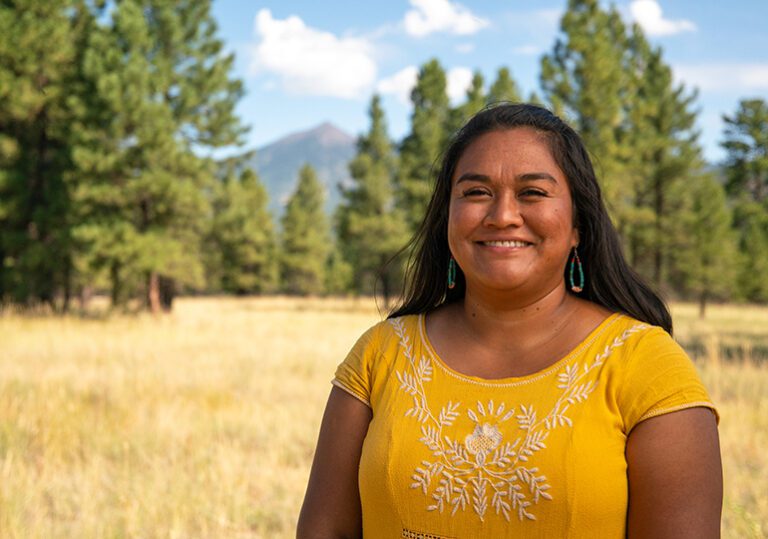
Nikki Cooley, a Diné woman and Grand Canyon river guide, talks about her cultural view of the Colorado River and how to visit respectfully.
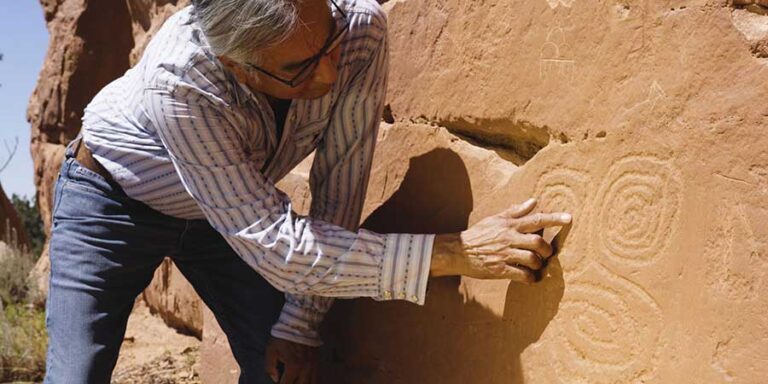
Jim Enote, a Zuni tribal member, traditional farmer, and CEO of the Colorado Plateau Foundation talks about his homelands, the Zuni place of emergence, petroglyphs, and connections to the Grand Canyon.
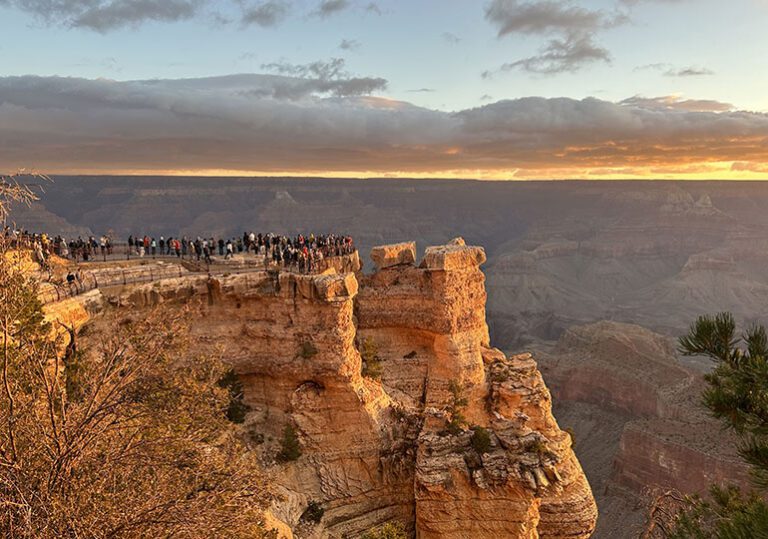
Year after year of economic data shows that Grand Canyon National Park is an economic engine for northern Arizona.
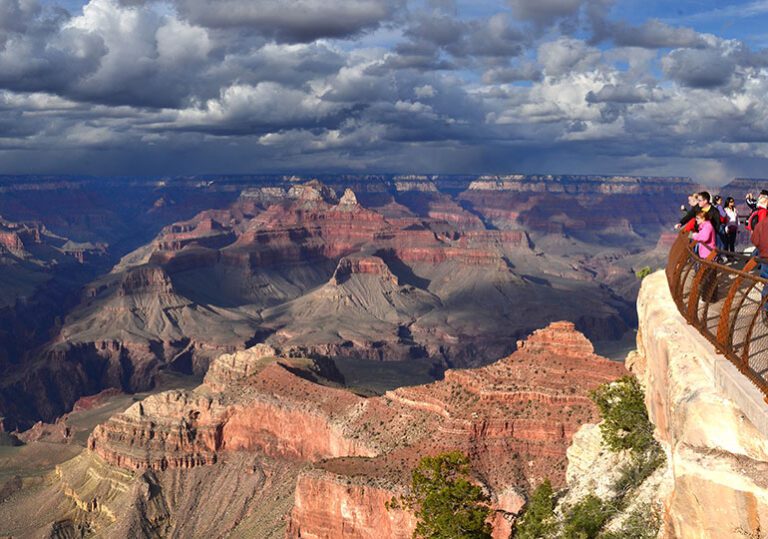
According to Dianna Sue White Dove Uqualla (Havasupai), the Grand Canyon is one of the most powerful altars in this world.
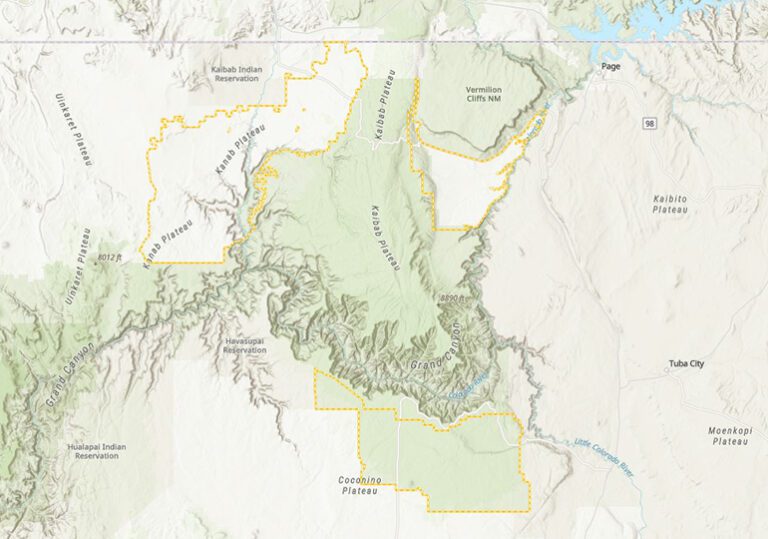
Zoom in on this interactive map of Baaj Nwaavjo I’tah Kukveni – Ancestral Footprints of the Grand Canyon National Monument.
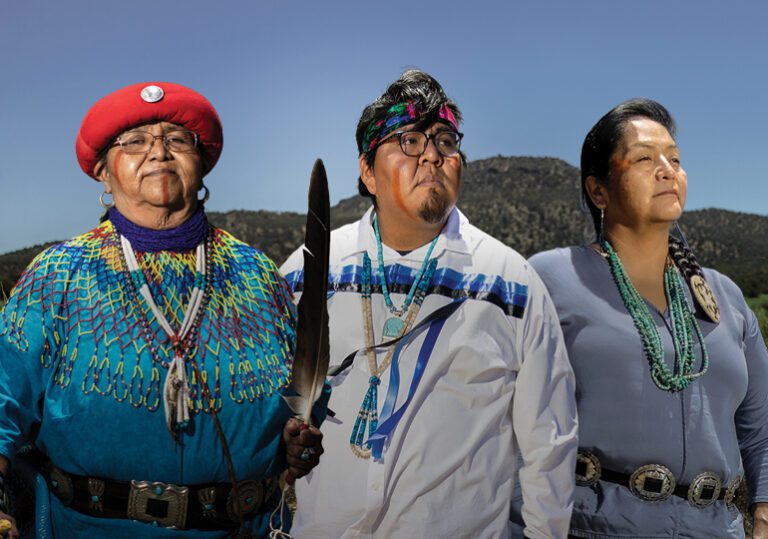
Find out what Baaj Nwaavjo I’tah Kukveni – Ancestral Footprints of the Grand Canyon National Monument protects in this interactive story map.
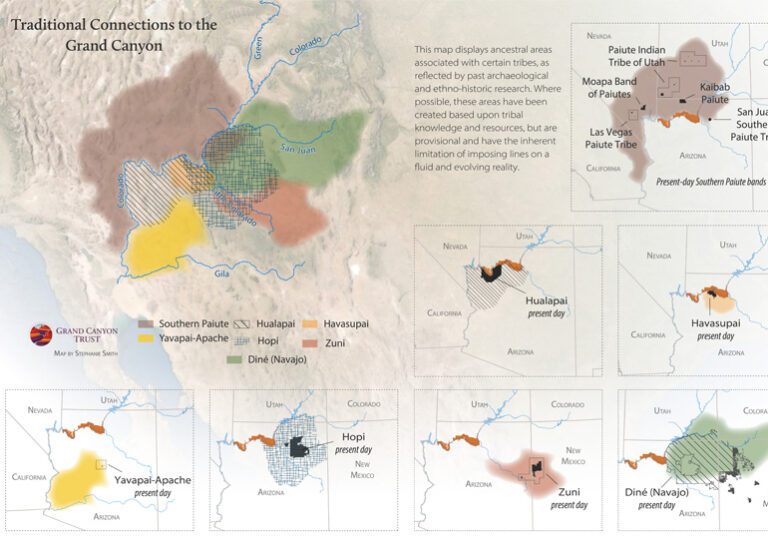
See a map of the Havasupai, Hopi, Hualapai, Navajo, Southern Paiute, Yavapai-Apache, and Zuni tribes’ traditional connections to the Grand Canyon region.

Climate change and rising demand for water across the thirsty West are shrinking Lake Powell. It’s time to address the dam’s design flaws. Read the fact sheet.
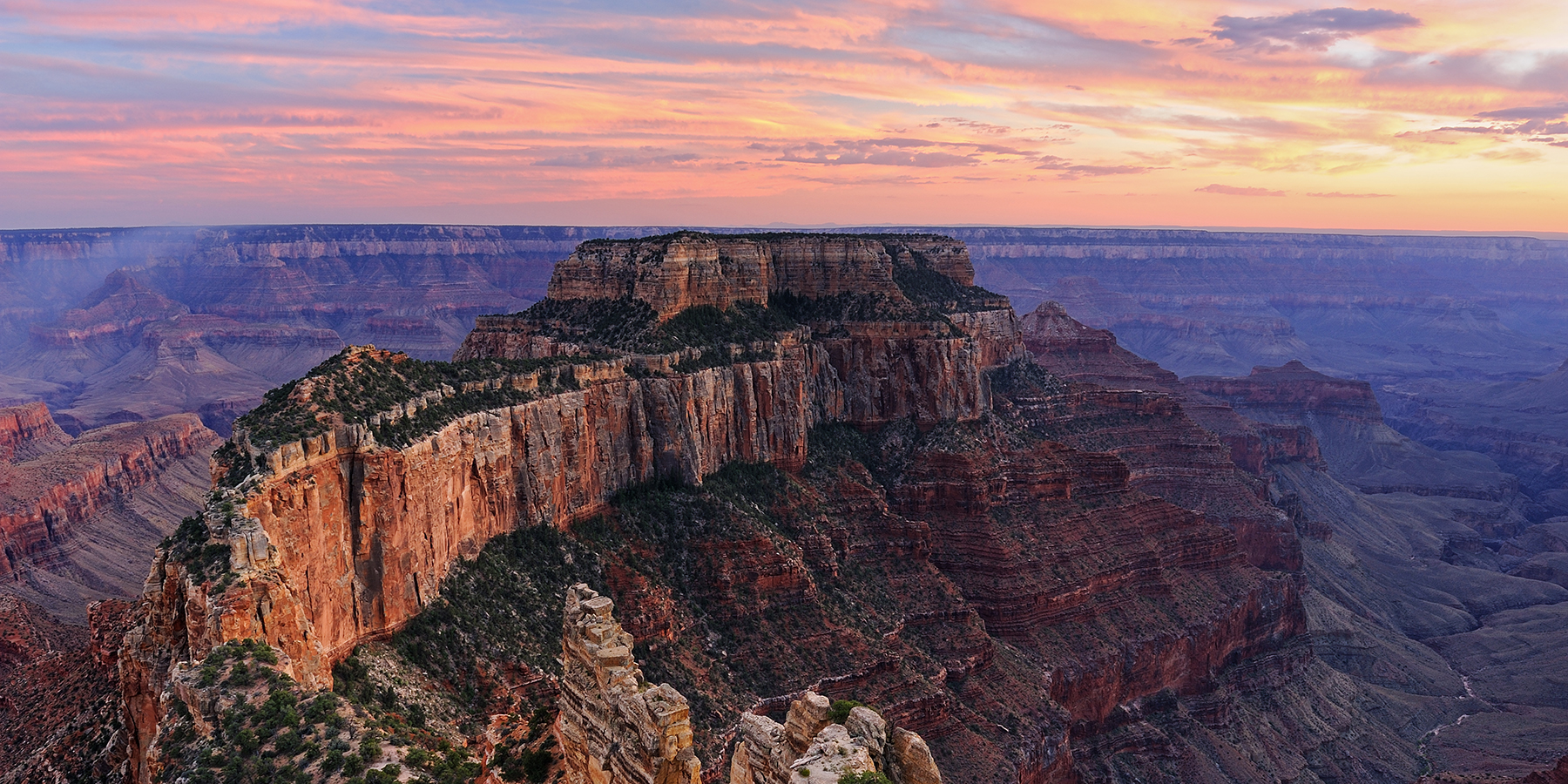
Grand Canyon Conservation Support the Trust and protect the Grand Canyon
Your donation funds on-the-ground conservation efforts and advocacy work.

